Japan is Huge
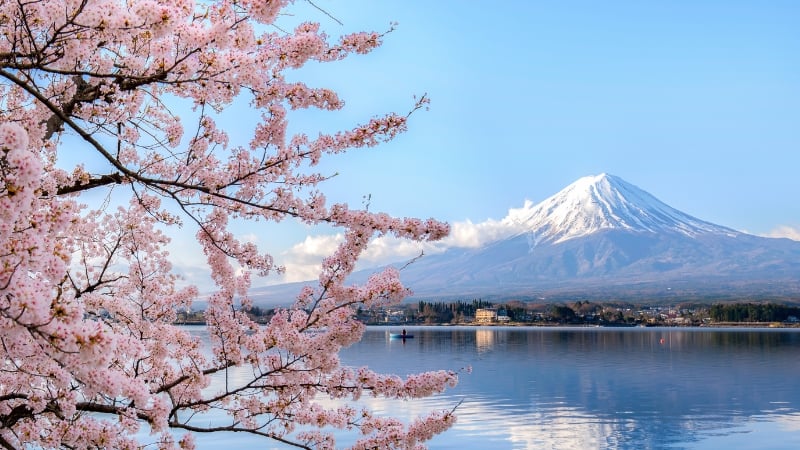
Image credit: Phattana via Getty Images Pro
The most typical traveller to Japan often make an entry to Osaka, Kyoto and Tokyo, spending about 2-3 days in each then come to Singapore concluding that Japan is boring and that Kyoto is a “small town with nothing but temples” and Tokyo “nothing but a concrete jungle” and basically nothing much to see. In such circumstances, I think it is a real pity that one has barely seen Japan at all.
Understand thatJapan is a huge country with Okinawa to the south and Hokkaido to the north and unlike Singapore, it has four seasons and you would find Japan or as matter of fact similar temperate countries like France, Italy, Germany and the United States different in each season even if it is a subtle one.
While Kyushu, Honshu, Hokkaido and Okinawa are still within Japan, they can be quite different in several ways from the linguistics to the food offered. In short, try to see travelling beyond national boundaries?
Japan in a Week?
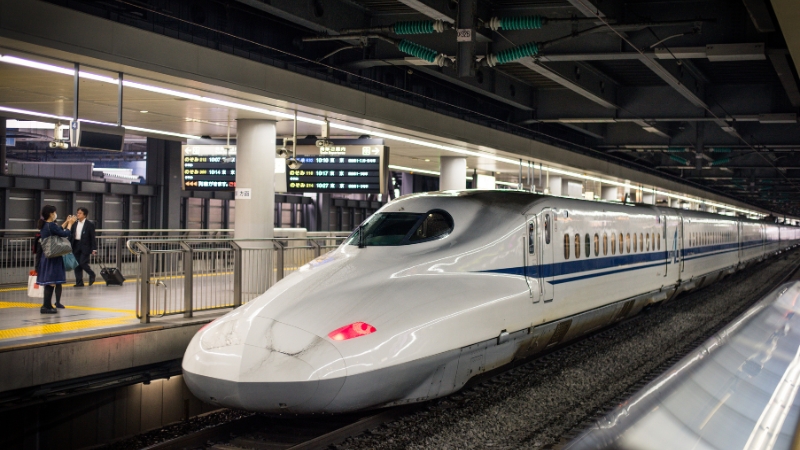
Image credit: Oneinchpunch via Canva Pro
It is easy to get excited about going to a new place and trying to cover too much, and now that you know Japan is huge this is one of the common things to do when travelling around Japan as you try to cover almost half or across Japan within a week. Personally, not only this would meant missing out on some of the attractions off the beaten track, it means you had to increase your travel budget significantly as this is where travelling in Japan becomes expensive: transportation as covered previously.
While there are cheaper options like inter-city buses or local rail lines, these cheaper options are understandably slower, some of the overnight compared to your limited express or shinkansen options which also mean it might be a bad idea if you are pressed for time.
“Japan is Very Expensive”
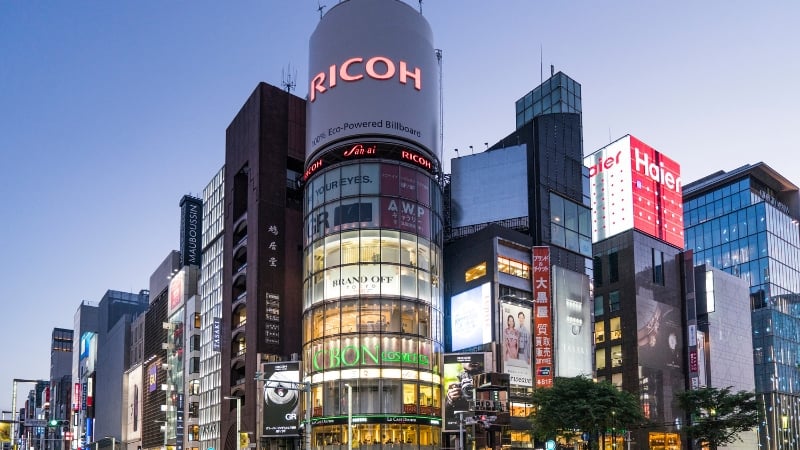
Image credit: Visualspace via Getty Images Signature
Japanese products are understandably more expensive than its Korean or Taiwanese counterparts but sometimes the cost is exaggerated way too much and one of the reasons why some people find travelling in Japan expensive goes back to the previous point of trying to cover too much and end up spending too much on transportation which is often the most expensive part of travelling in Japan.
If you are considering getting a rail pass, that is 380 SGD investment minimum and couple that with your airfare say 500-700 (SQ was about 688 SGD on a promo fare, while budget airlines could go to about 400-450 SGD), you should be prepared to spend at least 1k on this trip even before stepping on to the country itself.
Lodging
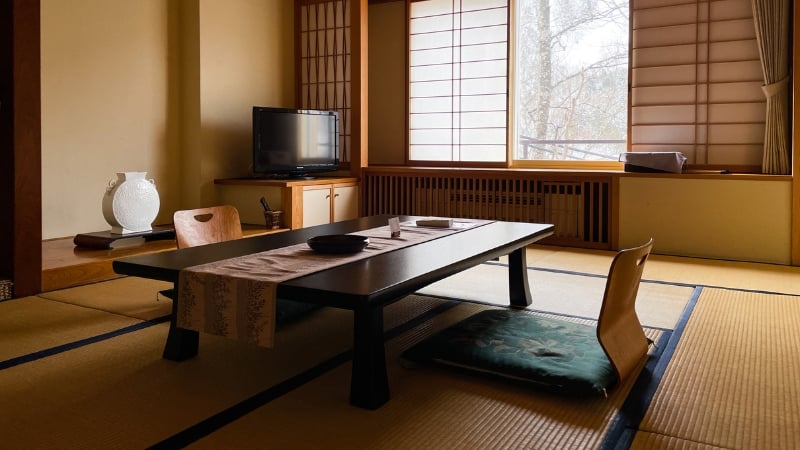
Image credit: Sasha Pritchard via Canva Pro
Lodging can get quite cheap in Japan compared to Europe even in the peak of seasons like July in most cities. The rule however does not apply to Tokyo. Even so, Tokyo still has many affordable options though comparatively higher than other Japanese cities. Also take note that some lodgings tend to be more expensive on the weekends and near public holidays.
In Kyoto and Osaka for example, you could easily get a hotel within 150 SGD and hostels are even cheaper, sometimes about 50 SGD a night. In some less visited cities such as Sendai or Kanazawa, a hotel such as the Nikko range could sometimes go for less than 150 SGD a night. If travelling as a group it can be quite affordable. Furthermore, there are cheaper hotels that are not bad such as those by Toyoku Inn, Dormy Inn and Chinsun brands.
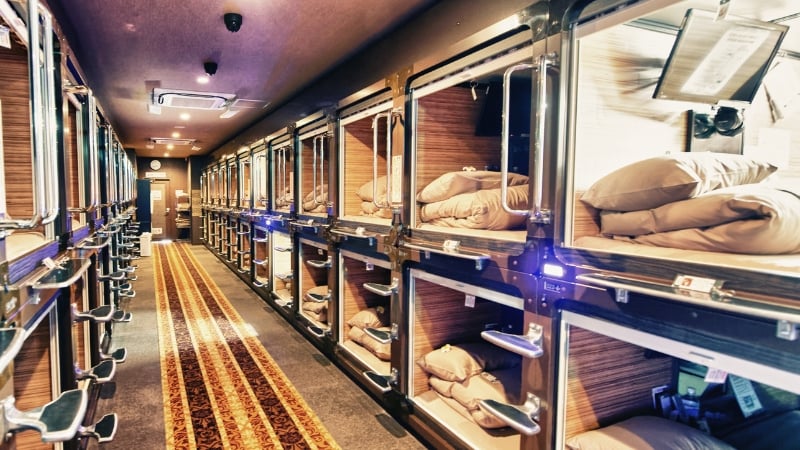
Image credit: Gagliardi Photography via Canva Pro
Hotels aside, there are also plenty of hostels such as the J-Hoppers and Hana Hostels. If you plan to stay in a ryokan or minshuku as a solo traveller, expect to fork out a bit more (a 1000- 2000 JPY difference minimum) as most ryokans and minshuku have rooms that are meant for 4-8 people and understandably, you will spend less in groups of 4 minimum.
Food
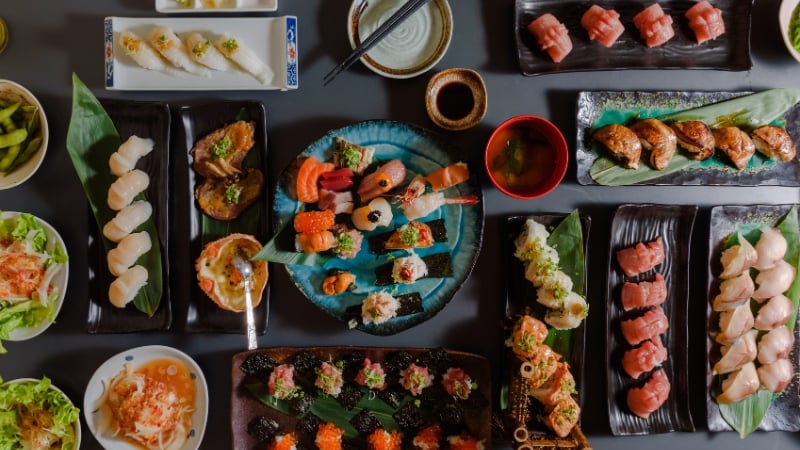
Image credit: NAimage via Getty Images
Is food expensive in Japan? This really boils down to what you are looking for, fastfood chains like Nakau or Sukiya, a donburi could cost less than 800 Yen (10 SGD) and an onigiri from Lawson, 7-Eleven or Family Mart goes for 100-200 Yen (2-3 SGD). These are considered the cheaper eats in Japan.
A mid-range meal of ramen, tonkatsu or set meals could range from 800 – 2000 Yen each and the cheapest kaiseki meals cost about 4500-6000 Yen (this is the lunch kaiseki price in some of the ryotei in Kyoto, some of them are even one – two Michelin starred restaurants like Roan Kikunoi)
If you observe the above, you would realize that food in Japan is expensive if you are looking to eat certain food often such as kaiseki, wagyu (do note Kobe is just one type of wagyu, Omi, Matsuzaka, Yonezawa, Hida are worth trying too, but prepare to fork out at least 4000-8000 Yen minimum for the real thing). Sushi is normally quite expensive (ranging from 1800 – 2000 Yen minimum) even in the basements of the department stalls but you could find affordable sushi through outlets such as Sushi Zanmai.

Image credit: SeventyFour via Getty Images
Often, the department stores such as Isetan, Takashimaya, Mitsukoshi, Hankyu, Daimaru and Matsuzakaya. (You will probably find at least one of them in each major cities in Japan.) have a basement dedicated to food alone with both local and foreign food products from Paul Patisserie to RF1 Sozai. You will be basically spoiled for choice when visiting these department stores. The best things about them is that the food can get really cheap towards the closing hours when the prices of packed food items ranging from roast chicken Chinese food to sushi or tonkatsu get slashed for clearance sometimes a 1200 Yen bento could go for 600 Yen.
Transport
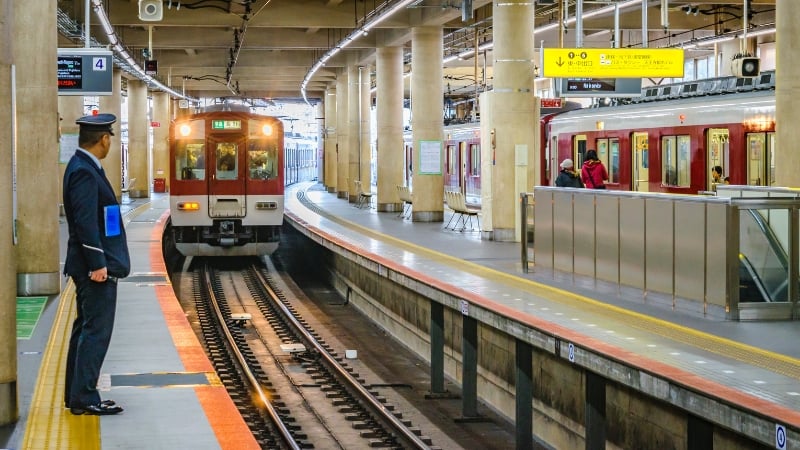
Image credit: DanFLCreativo via Canva Pro
Transportation is one of the most costly expenses in Japan, but with clever planning of your routes, you could save quite a bit and make the best out of some of the value cards each city offers, before making the hasty decision to purchase a rail pass. As mentioned previously in the Rail Pass post, if your focus is in the Kansai region and you plan to spend about 4 days in Kyoto, a Haruka Icoca Card or JR West Kansai Rail Pass would suffice as they would not only cover your to or fro or both ways from Kansai International Airport to Kyoto but also offers unlimited travel on the local train lines where you could use to visit Nara, Osaka, Arashiyama and Uji in the case of the JR West Kansai Rail Pass.
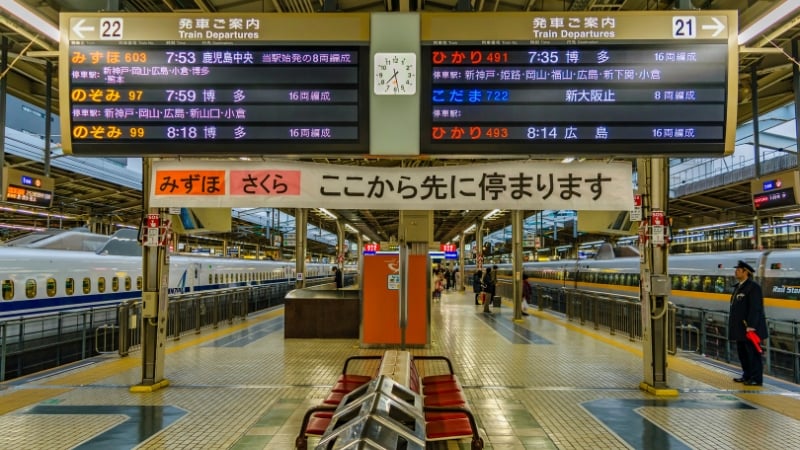
Image credit: DanFLCreativo via Canva Pro
As for the Haruka Icoca Card, it is like an EZlink card, but the value that this card gives is that you have a huge discount to the to and fro travel between Kyoto and the airport and at the same time be able to use the deposit in the Icoca on the private railways connecting Kyoto to Uji and Kurama north of Kyoto.
Besides train passes, there are also the one day passes for buses, trains or both. However, I normally get the bus pass which is about 500 Yen for Kyoto which is easier to get its value back after 3 – 4 bus trips that allows me to visit Higashiyama and major sights like Kinkaku-ji and Ryoan-ji easily.
Why is Travelling Japan Expensive Then?
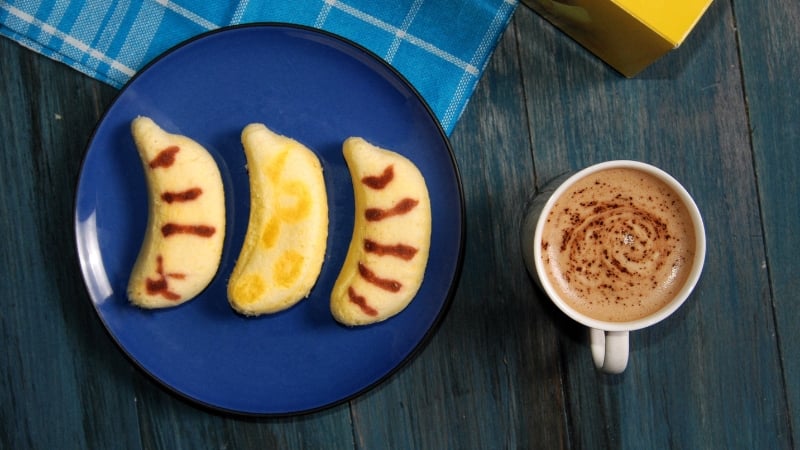
Image credit: Rani R. Irianti via Canva Pro
One other variable spending for Japan and most likely the reason why two individuals can go on the same 10D9N trip but one only spent 1900 SGD, while the other spent 3000 SGD is shopping and snacking.
This is where the expenses start counting and it is easy to understand why. If anything, the Japanese are really good at packaging their products so well that one couldn’t resist getting them.
In Kyoto, a box of Malebranche Matcha Biscuits (exclusive to Kyoto) will set you back at a staggering 648 Yen to 3888 Yen each (5 pieces and 30 pieces respectively). Likewise in Hokkaido, a box of Shiroi Koibito 18 pcs White Chocolate Biscuit would be 1142 Yen and the famed Tokyo Banana cost about 1029 Yen for a box of 8. Grab a couple of these you will find yourself easily spending at least 40-60 SGD just getting the confectionery alone.
I remember getting two boxes of Malebranche Matcha Biscuits at about 20 SGD each. It comes in a special metal box only found at the Kiyomizu-dera branch. It was meant for two of my friends who didn’t bother to meet up even when I went to their places to pass it to them. If you have such friends, just save it for your family or yourself. You could spend the precious yen on other things instead.
One important reminder though, when buying such food items, you have to buy them towards the end of the travel because most Japanese pastries and confectionary expires within 1-2 weeks.
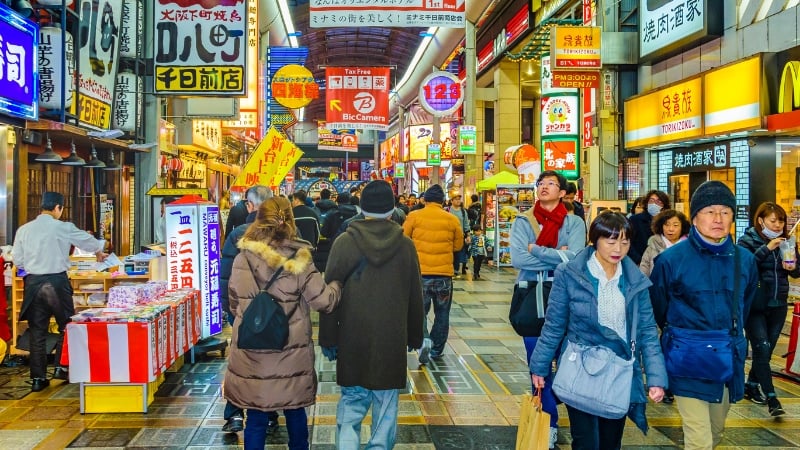
Image credit: DanFLCreativo via Canva Pro
Basically, it is the shopping that is going to cost quite a bit and it is the same with travelling to other parts of the world especially where the cost of living is higher. Hey Swiss macarons or leckerli ain’t cheap too!
Nonetheless, this is where you determine the value of the stuff you bought, perhaps it is cheaper than getting it in Singapore like Royce chocolates or Muji products or perhaps you can’t get it in Singapore or it could be just simply that you like it then go for it.
Although my rule of thumb when purchasing stuff in Japan is to turn around the item and check for this label : “日本製“. Expectedly, you will find that products with this label with be about 20-50% more expensive than say the China-made ones.
The Miscellaneous Expenses
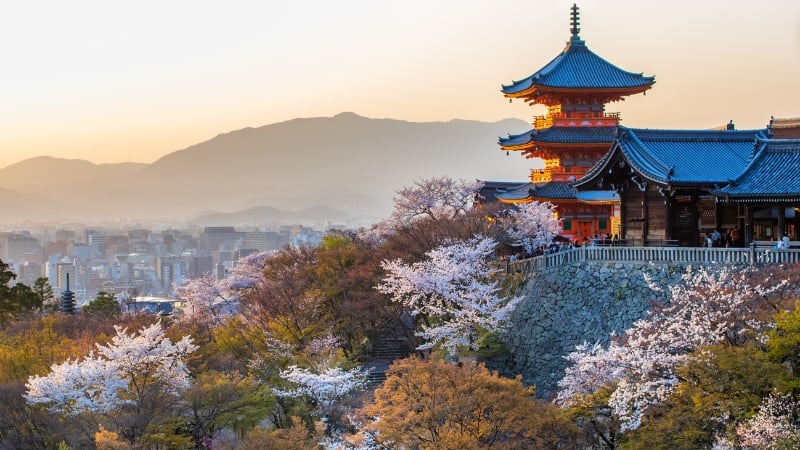
Image credit: Stephane Bidouze via Canva Pro
Looking at the core spending, the other variable that contributes to the spending in Japan is admission fees and the associated transport costs. While most attractions tend to charge about 200-800 Yen each for entrance fees such as the temples in Kyoto like Kiyomizu-dera or Kinkaku-ji, some places can be quite expensive especially museums if you are going for the full package that includes the temporary exhibitions, it could go up to the 2000 plus yen.
Furthermore, some attractions are only accessible by certain means that the Japan Rail Pass often doesn’t cover like cable cars etc for the Tateyama Kurobe Alpine Route or the cable car at Shin-Hotaka in the Japanese Alps. Hence, it is important to leave a certain buffer and also decide what kind of sights you are interested in which would determine the buffer when you plan your budget for travelling in Japan.
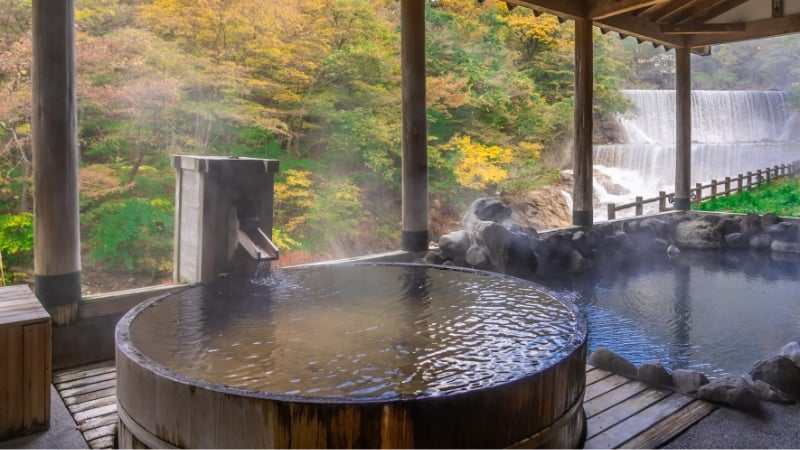
Image credit: Pisitkhambubpha via Canva Pro
Other expenses could be a day pass to an onsen (ranging from 500 – 2000 yen, sometimes including a bath towel) or mineral water that cost about 80 -250 Yen (1-3 SGD).
I do not consider myself to be a budget traveller, as sometimes I would be willing to pay a bit more for comfort or cutting down on the time spend on commuting around and focus on the exploring instead. However, if you are a person who spends very little on shopping and do a bit of research to get some lower-lodgings and spends very little on food as well, it is not entirely impossible to travel to Japan on a budget less than 1500 SGD for a week or slightly more.
Balancing Budget and Experience
At the end of the day, your Japanese journey is all about striking that perfect balance between budget and experience. Whether you’re savouring a quick bowl of ramen for a few yen or indulging in a luxurious night at a chic Tokyo hotel, understanding where to invest and where to save means you get the most out of every moment.
With savvy planning, you can navigate the dynamic costs of transportation, accommodation, and shopping, all while treating yourself to the rich tapestry of local flavours and hidden gems. So, pack your bags, plan your pennies, and prepare for a trip that’s as economically smart as it is endlessly exciting. In Japan, every yen counts, and every experience is worth it!
Also read: 13 Underrated Dishes You Should Never Leave Japan Without Trying
Contributed by Pok Pok & Away




